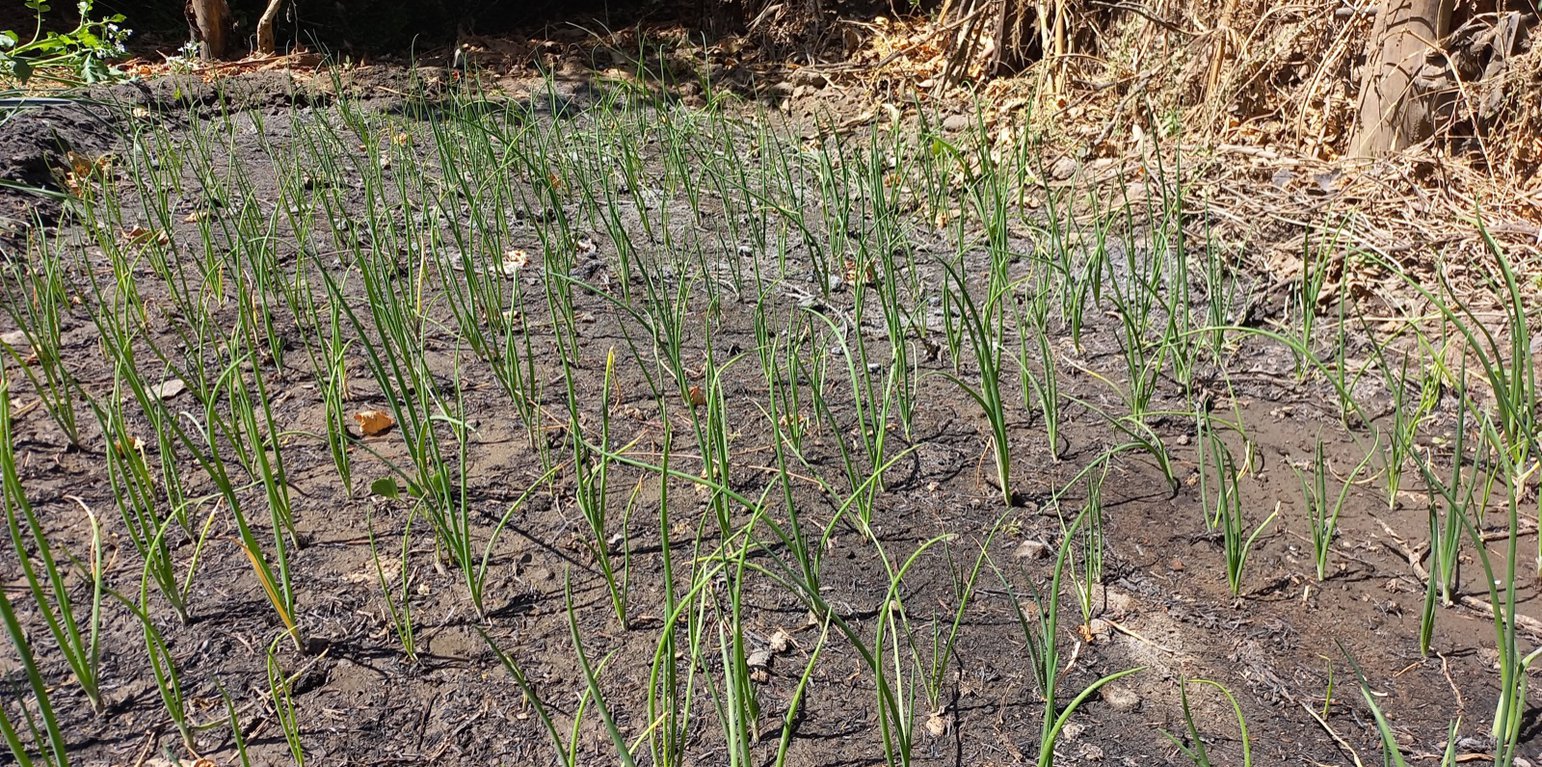



Biochar, a sustainable soil amendment, is produced through pyrolysis, where organic matter such as wood or agricultural waste is heated in a closed container under low-oxygen conditions. Applying biochar to soil has numerous benefits for improving soil health, such as enhancing soil fertility, reducing greenhouse gas emissions, improving soil microbiology, and reducing soil erosion. One of the most significant benefits of biochar is its ability to sequester atmospheric carbon dioxide into the soil, which can help mitigate climate change by reducing the amount of carbon dioxide in the atmosphere. Biochar can also remove contaminants from soil and water and serve as a compost component.
Biochar also reduces the emission of ammonia and carbon dioxide (Cabeza et al. 2018), lowers soil compactness, optimizes compost (Liang et al. 2010), improves water retention and the sorption of heavy metals, increases the availability of micronutrients for plants and increases the pH of soils (Van Zwieten et al. 2010). Biochar also stimulates the growth of rhizosphere microorganisms and mycorrhizal fungi (Głuszek et al. 2017). These bacteria and fungi may also promote plant growth (Compant et al. 2010). The pH values of biochars are positively correlated with the formation of carbonates and the contents of inorganic alkalis (Ding et al. 2014). The pH value of biochar ranges from 6.5 to 10.8. It is advisable to test the pH values of both soils and biochar to reach at the optimal quantity of biochar to be applied in the field.
In the Mandla district, agriculture is the backbone of the economy, and farmers are constantly adopting new farming technologies to increase their agricultural production. One such technology that has positively impacted more than a thousand farmers in the region is the application of biochar in homestead land under a GIZ-funded Soil protection and rehabilitation of degraded soil for food security in India (ProSoil) program. Biochar in this region is prepared using low cost Biochar Kiln units developed by Indian council of agriculture research institutions, traditional methods, such as digging soil pits and burning organic residue while covering its top with soil. Since the Mandla district is a high-rainfall region, most farmers broadcast biochar over their fields before growing rabi (winter) crops. Commonly grown rabi crops in this region are mustard, vegetables, and maize.
Farmers in the Mandla district use small units of biochar production. The recovery rate of biochar is 20%, with a capacity of 100kg of organic material. The application rate per unit area varies from farmer to farmer.
1. Landholding: Farmers with more extensive land holdings or generally rotationally applied biochar in the parcels.
2. The intervention of biochar application was introduced in this region in 2020. The new practice is evolving, and the application rate of biochar varies from farmer to farmer depending on the availability of raw materials and labour availability (family/hired)
The most suitable biochar application rate is 10 − 20 t/ha. Moreover, it is essential to consider the compatibility and complementarity between biochar, soil texture, and management factors such as Nitrogen (N) application rate, pH values and growing environment into consideration (Yang Gao et al., 2021). More scientific studies are needed to define the quantity of biochar needed based on the local soil conditions. However, the current quantity of applications is very low compared to suggested in secondary documents.
The immediate effects of biochar application on crop production have been significant, with farmers reporting an increase in crop yield by 20-25% across most crops. Simple indicators such as increased grain weight and improved grain quality imply that the crop produced is of higher quality. Another critical benefit highlighted by farmers of biochar application is the retention of soil moisture over a longer duration compared to non-treated fields. Biochar can help the farmers of the Mandla district increase their agricultural productivity while promoting sustainable land use practices.
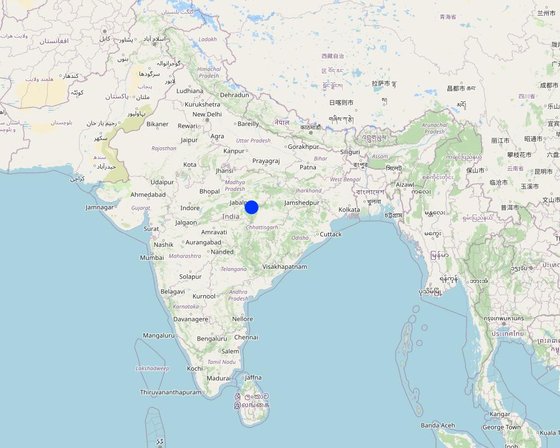
地点: Mandla, Madhya Pradesh, 印度
分析的技术场所数量: 100-1000个场所
技术传播: 适用于特定场所/集中在较小区域
在永久保护区?: 否
实施日期: 2020
介绍类型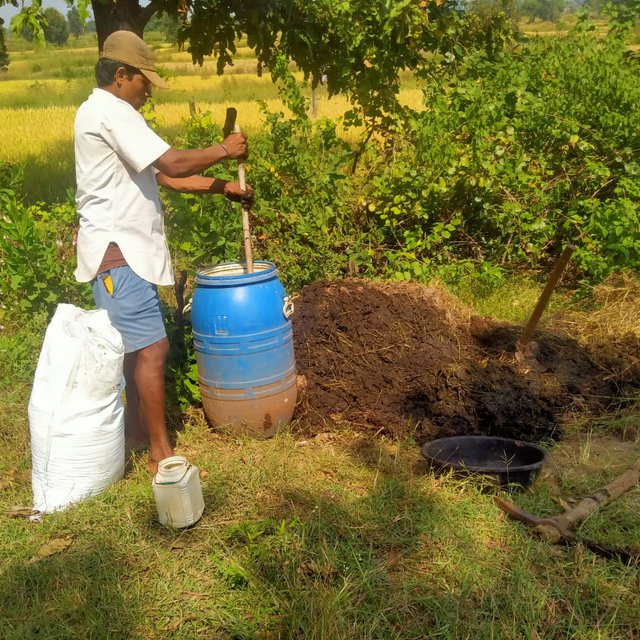
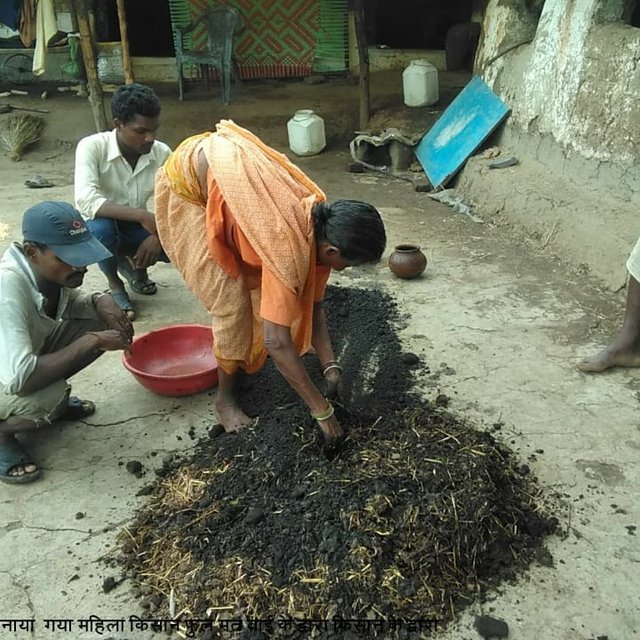







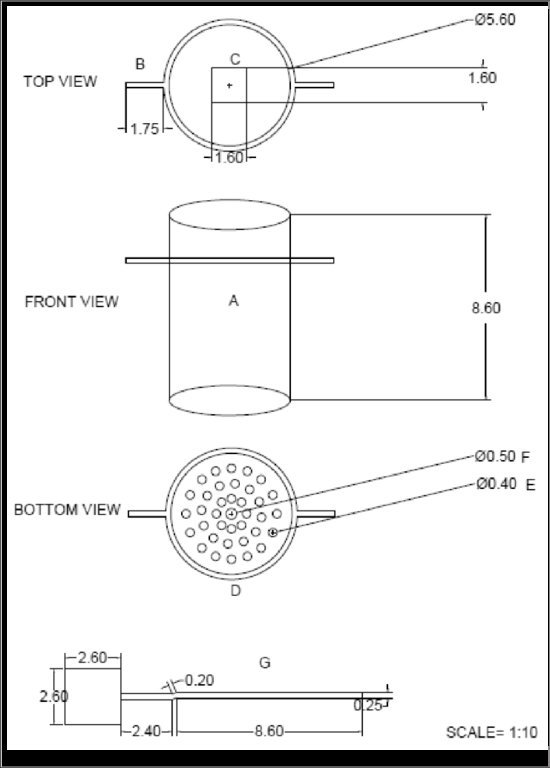
| 对投入进行具体说明 | 单位 | 数量 | 单位成本 (INR) | 每项投入的总成本 (INR) | 土地使用者承担的成本% |
| 设备 | |||||
| Biochar Kiln unit | Number | 1.0 | 9000.0 | 9000.0 | 10.0 |
| Transportation | LS | 1.0 | 2000.0 | 2000.0 | 10.0 |
| 技术建立所需总成本 | 11'000.0 | ||||
| 技术建立总成本,美元 | 133.33 | ||||
| 对投入进行具体说明 | 单位 | 数量 | 单位成本 (INR) | 每项投入的总成本 (INR) | 土地使用者承担的成本% |
| 劳动力 | |||||
| Transportation of biomass and its drying before biochar production | Person-day | 2.0 | 200.0 | 400.0 | 100.0 |
| Preparation of Biochar by family members | Person-day | 2.0 | 200.0 | 400.0 | 100.0 |
| Mixing biochar with cow dung and cow urine and making it ready for the application | Person-day | 1.0 | 200.0 | 200.0 | 100.0 |
| Biochar Application | Person-day | 1.0 | 200.0 | 200.0 | 100.0 |
| 肥料和杀菌剂 | |||||
| Biomass for Biochar production (Approximate) | 1.0 | 500.0 | 500.0 | 100.0 | |
| Cow dung | kg | 20.0 | 5.0 | 100.0 | 100.0 |
| Cow urine | kg | 20.0 | 5.0 | 100.0 | 100.0 |
| 技术维护所需总成本 | 1'900.0 | ||||
| 技术维护总成本,美元 | 23.03 | ||||
Over the years, there has been a development focus from both the Government and other civil society organizations to bring out the facilities at the door of communities, which has improved access of different facilities.
There has not been any systematic impact assessment study to quantify the impact of the intervention. However, in discussions with farmers and implementing agencies during the field visit, an increase of 20-25% in the production of farm products was reported.
Change in crop weight and colour is observed by farmers
Improved Soil Health is indicated by farmers based on their observation of improved soil structure, water-holding capacity and soil texture
On the account of improved productivity, farmers have reported an increase in their income. However, there has not been any systematic study on the same.
The preparation of biochar from invasive species and its application to soil improved the understanding of farmers on the negative impact of invasive species and advantages of biochar application
Soil structure improved by biochar application, improving water holding capacity of soil
Reduction in soil erosion due to improvement in soil structure
Reduction in soil compaction due to improvement in soil structure
Based on the observation of farmers and implementing agency, random soil tests of farmers have indicated a slight increase in soil organic carbon
Reduction in invasive alien species named lantana cantara which was uprooted for preparing biochar
Improve soil health create an enabling environment for soil micro-organism